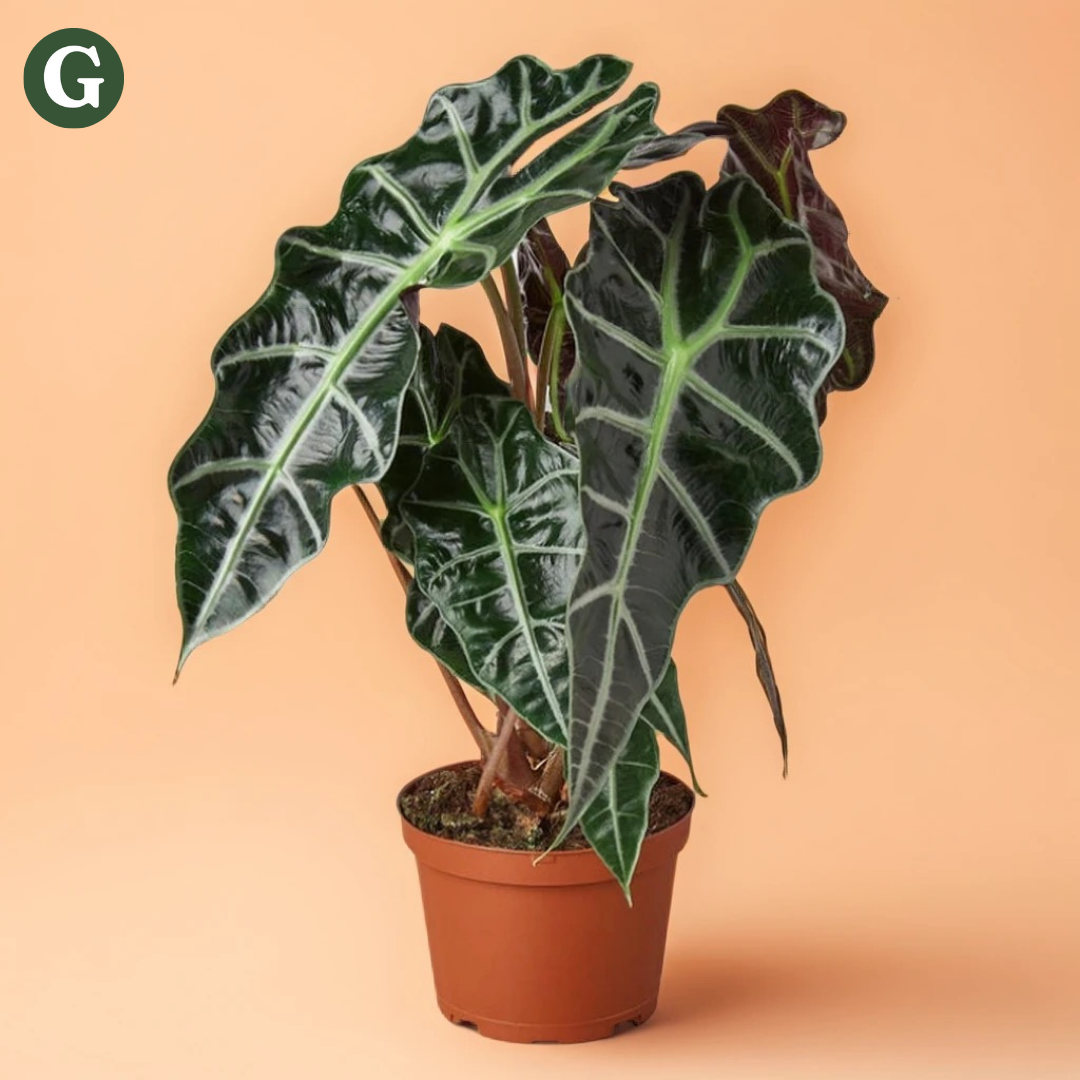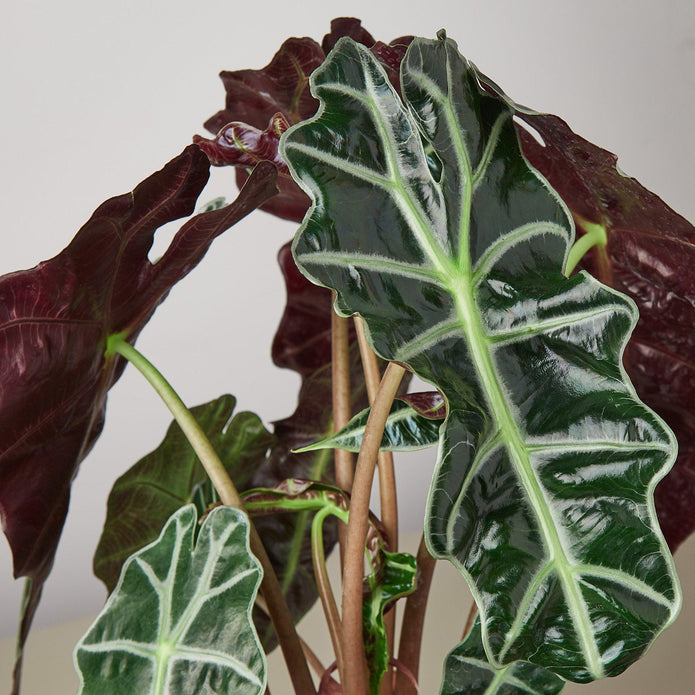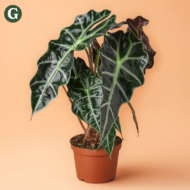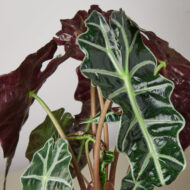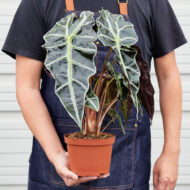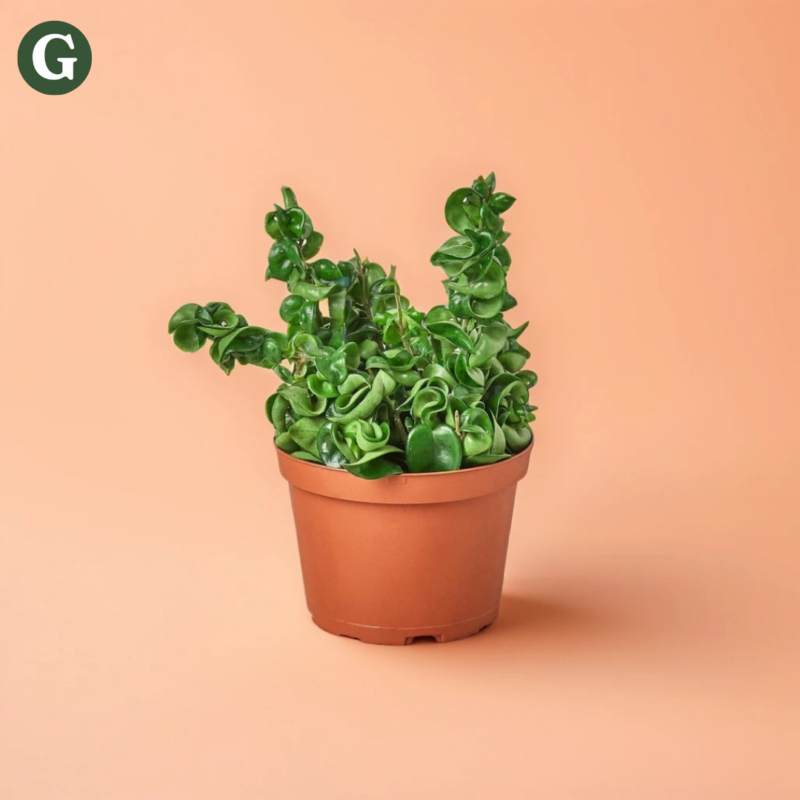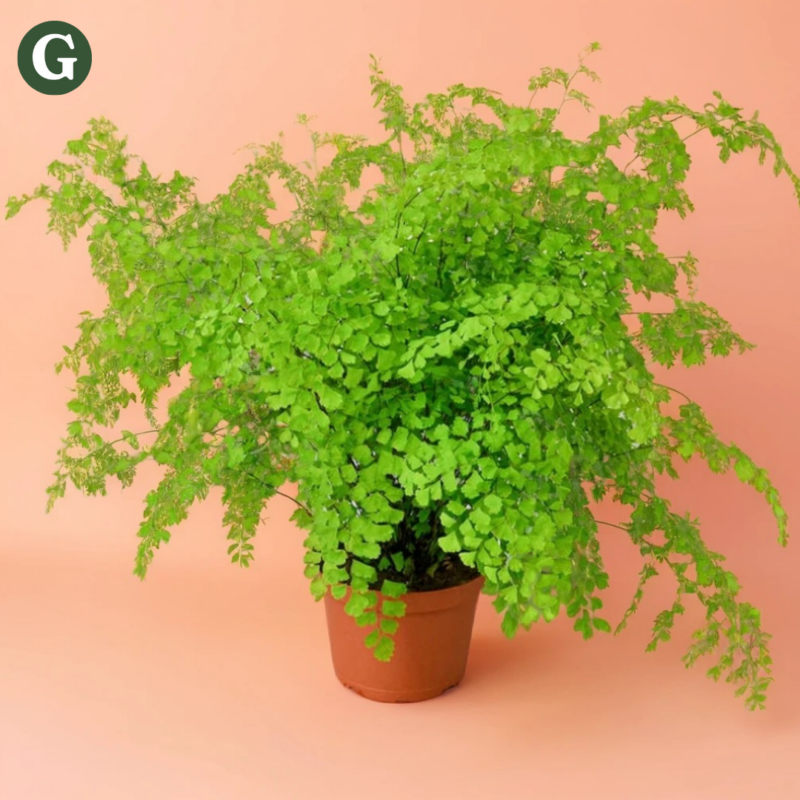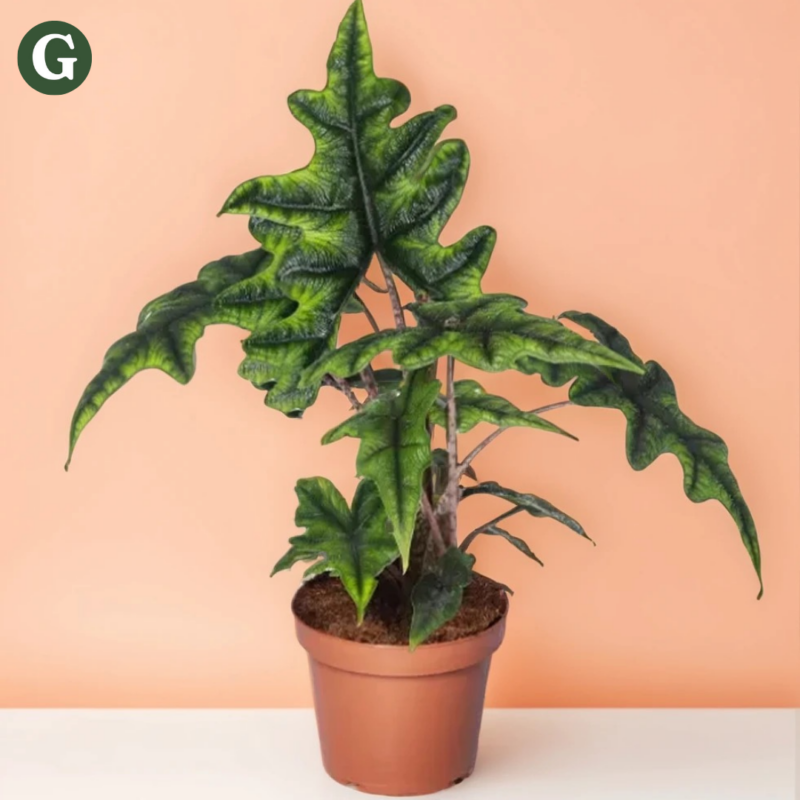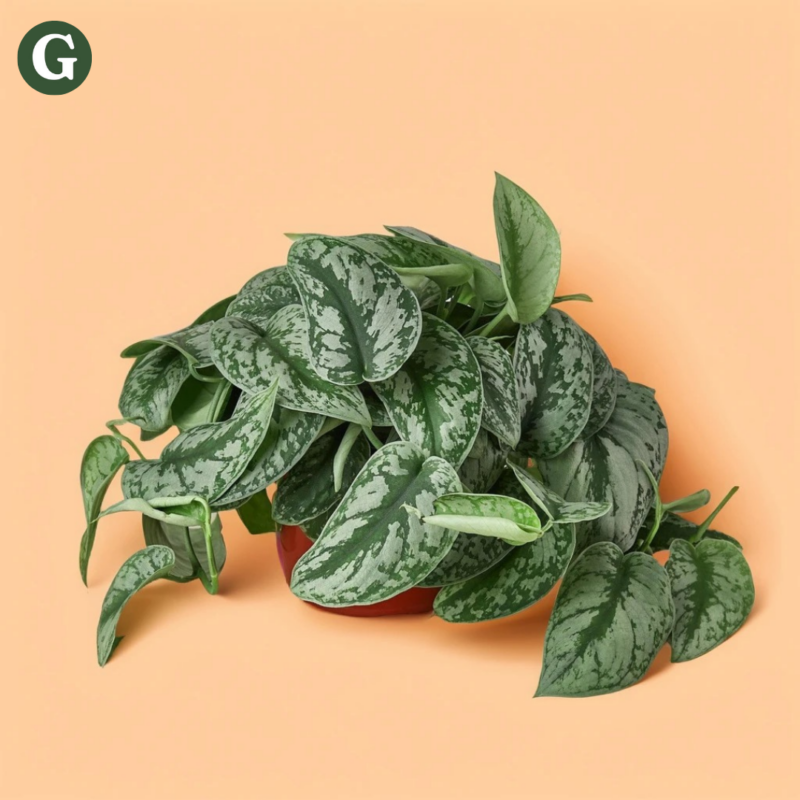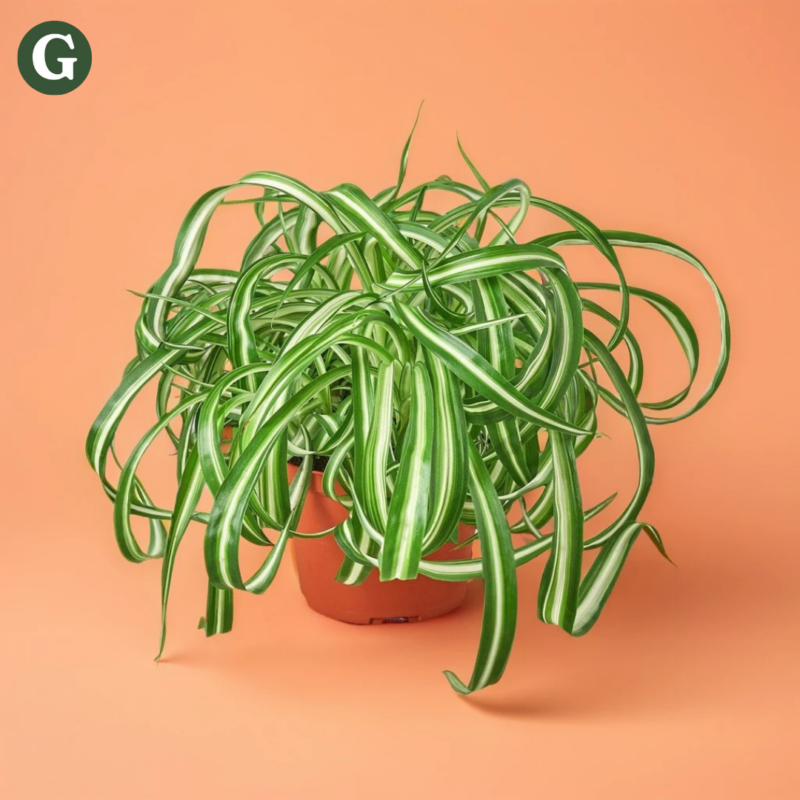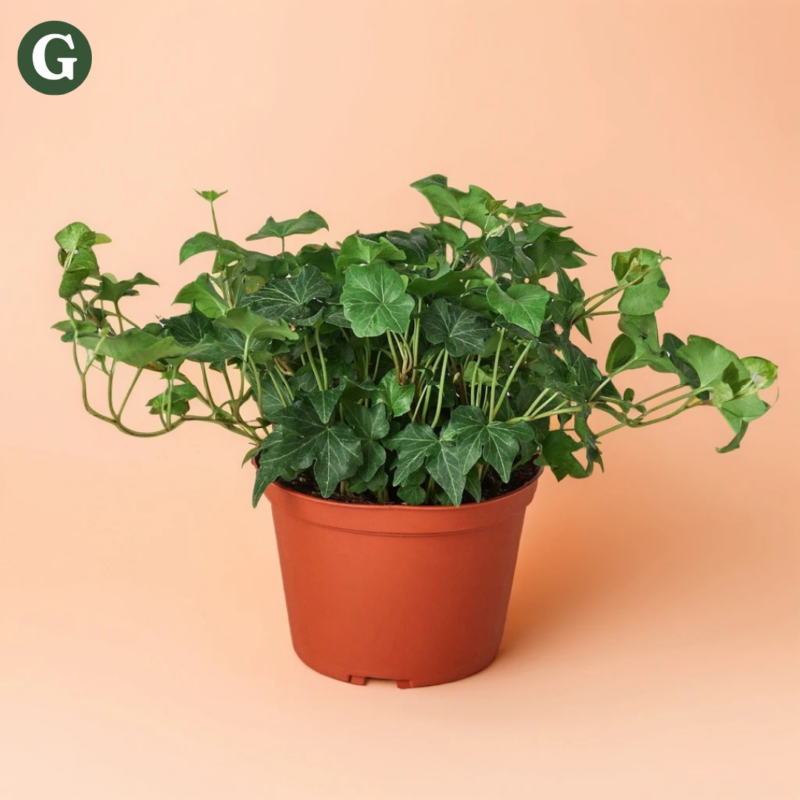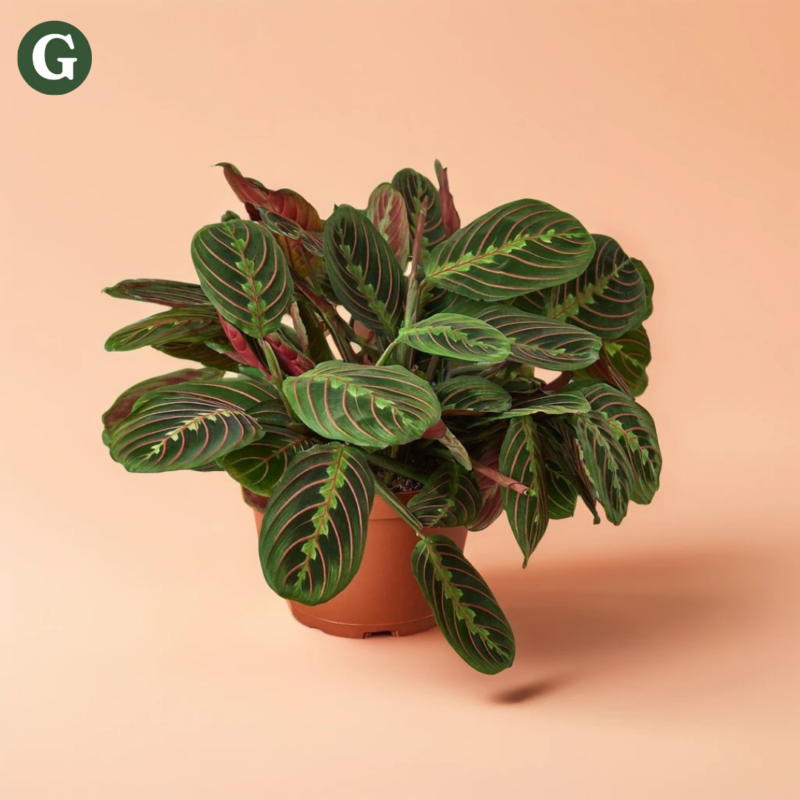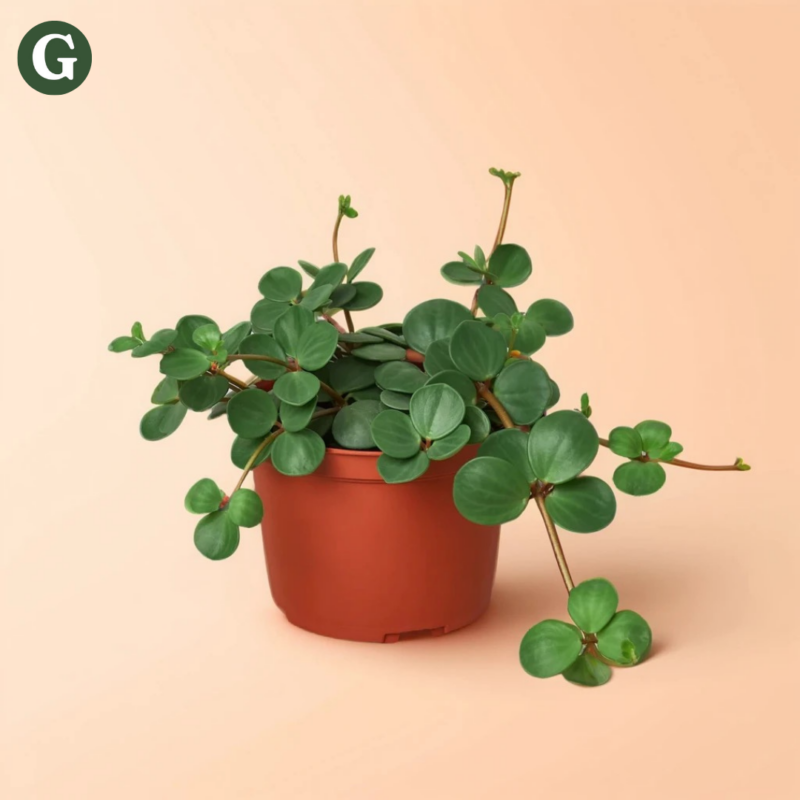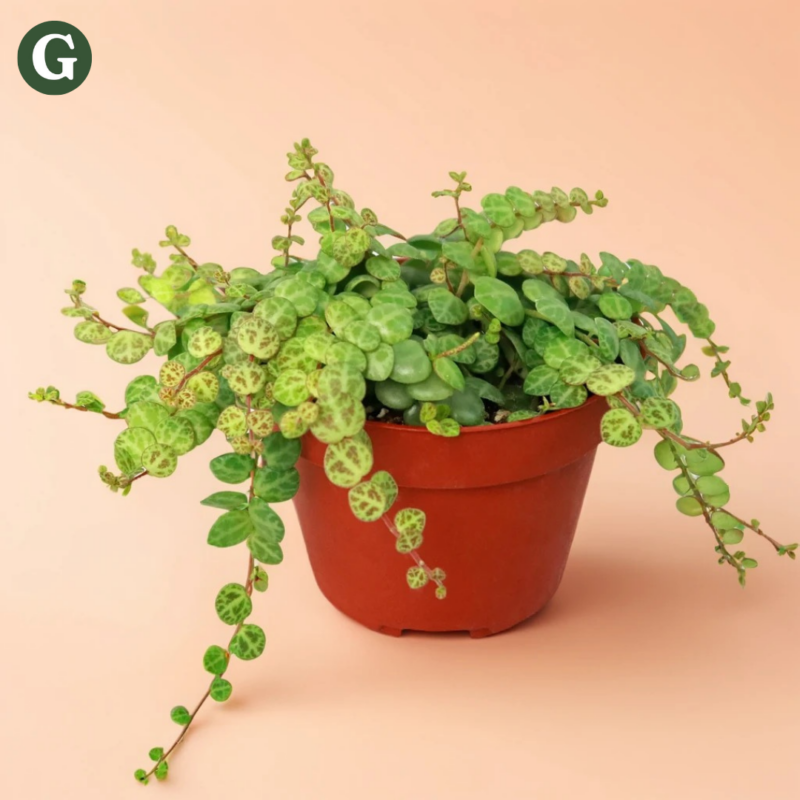Alocasia Polly 'African Mask'
Common Name(s): Alocasia x Amazonica polly
Common Name(s): African Mask Plant, Elephant Ear, Polly Alocasia
The Alocasia Polly is a stunning plant known for its bold, dramatic foliage. Native to Southeast Asia, this variety of Alocasia is prized for its striking, arrow-shaped leaves with deep, dark green coloration and prominent white or silver veins. The leaves have a unique, almost sculptural texture, and their sharp shape gives the plant a striking resemblance to an elephant's ear. Its exotic appearance makes it a standout piece, adding a sophisticated touch of tropical elegance to any indoor space.
The Alocasia Polly thrives in bright, indirect light, as direct sunlight can scorch its delicate leaves. It enjoys a warm, humid environment—ideally between 65-80°F (18-27°C)—which helps to keep its lush, glossy leaves in top condition. In drier conditions, the plant’s edges may start to brown or curl, signaling that it needs more moisture. To maintain its health, regular misting, placing it near a humidifier, or using a humidity tray can provide the ideal humidity levels.
Alocasia Polly prefers well-draining soil and should be watered when the top 1-2 inches of soil feel dry. However, it’s important to avoid overwatering, as this plant is prone to root rot. A potting mix designed for tropical plants with good drainage is essential for maintaining a healthy root system. During the warmer months, the Alocasia Polly may grow more vigorously, so it’s important to keep the soil consistently moist but not waterlogged.
Given its tropical origins, this plant thrives in high humidity, so keeping it in a naturally humid environment, such as a bathroom or kitchen, can help it flourish. If kept in drier conditions, regular misting will help to boost humidity and prevent the plant’s leaves from showing signs of stress.
Note: The Alocasia Polly is toxic to pets, particularly cats and dogs, if ingested. Always keep this plant out of reach of curious pets to ensure their safety.
Care Insights & Expert Tips
- Wipe leaves gently when dust accumulates:The large, glossy leaves can accumulate dust. To maintain vibrancy, gently wipe the leaves with a damp cloth.
- Ideal for small spaces: This plant is a compact, relatively slow-growing plant, making it perfect for small spaces.
- Repot every 1-2 years: This plant doesn’t need frequent repotting. It can be repotted every 1-2 years, or when the roots become cramped
- Toxic if ingested: Like other Alocasias, this plant is also toxic to pets and humans if ingested.

Visit our plant care library
Find essential tips to keep your plants thriving, vibrant, and healthy.
